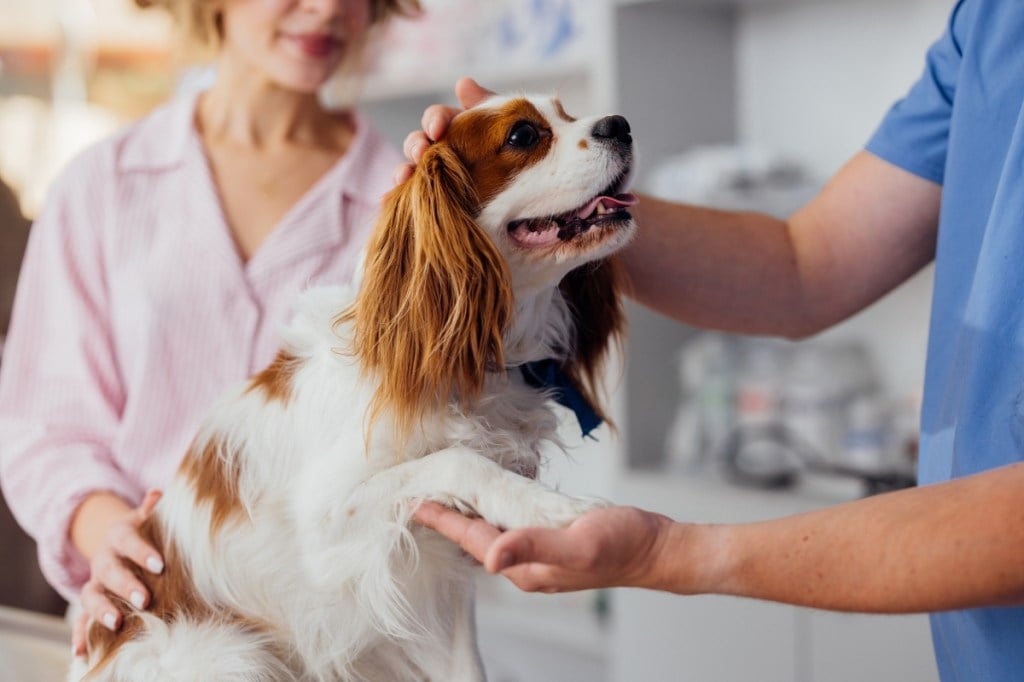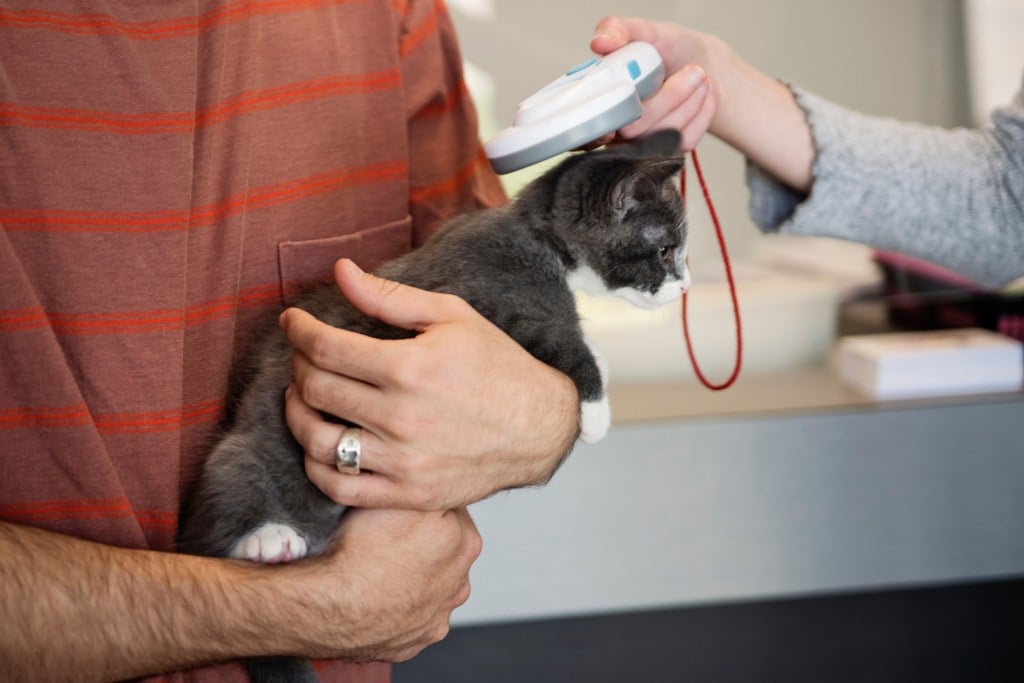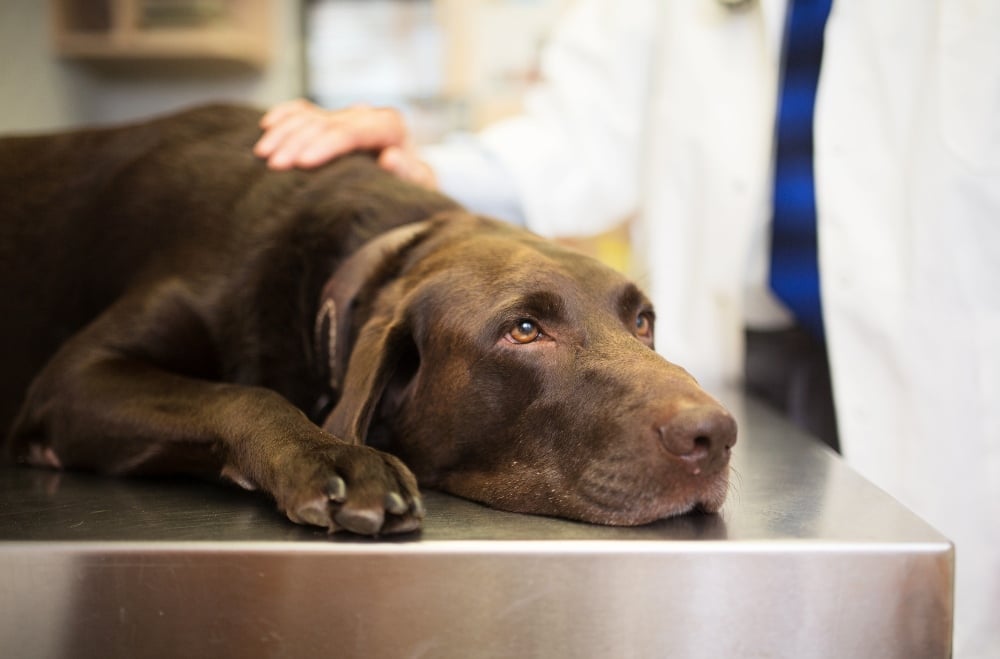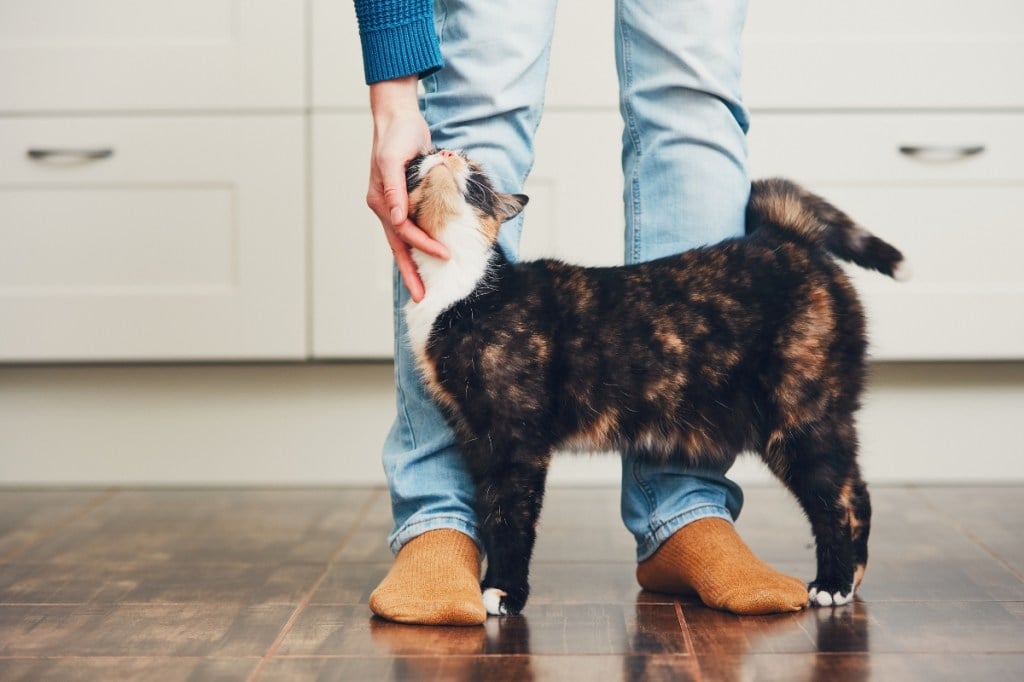Table of Contents
How Do Millennials and Gen Z Stack Up as Pet Parents?
Studies show that today’s younger adults are, for a variety of reasons, waiting longer in life than their forebears waited to make certain major life decisions. Millennials are putting off having children until later than their parents or grandparents did, and members of Gen Z are waiting even longer. There’s also data indicating that these two demographics aren’t purchasing homes at the same rate as older generations did at the same age.
So if they’re not spending their money on kids or homes, what are millennials and Gen Z members spending their money on instead? One answer: their pets.
Americans overall are projected to spend $157 billion on their dogs, cats and other beloved animals in 2025 – $10 billion more than they spent in 2023, which was itself $10 billion more than they spent the previous year. But a spate of recent reports and surveys looking at how different generations approach pet parenthood – including all of the expenses associated with it – show that millennial and Gen Z pet parents are driving more than their fair share of this growth.
- According to a recent Harris Poll survey, Gen Z spends an average of $6,103 annually on their pets, followed by millennials, who spend an average of $5,150. (Spending averages decrease as the age of pet parents increases: Gen X spends about $3,878 annually and Baby Boomers spend $2,454.)
All of this multigenerational spending has led to a relatively new socioeconomic phenomenon: pet-related debt. And according to the same Harris Poll survey, this debt may be hitting millennials and Gen Z disproportionately.
- While 24% of all pet parents acknowledged that they face debt because of expenses related to pet ownership, 34% of millennials and 29% of Gen Z report being in debt because of their pets.
How Far We’ll Go for Our Fur Babies
Other studies illustrate fascinating differences in how the members of different generations view their pets – and how far they would be willing to go in order to cover the costs of a medical emergency requiring expensive veterinary procedures. For instance, one recent survey commissioned by a digital platform that matches pet parents with vets found that:
- Nearly half of Gen Z pet parents (48%) consider the bond between themselves and their pets to be no less strong than the bond between a human parent to a human child; meanwhile, 12% of millennials said they regard their pets as “siblings.”
- Older generations, on the other hand, were most likely to describe their pets as “companions” or “support systems” (37% for Gen X and 39% for Baby Boomers, respectively) or simply as “pets” (54% and 51%).
- Nearly a quarter (24%) of Gen Z survey respondents said they would be willing to drain all of their bank accounts in order to save their pet’s life, and nearly one in five (18%) said they would be willing to sell an organ to raise the money necessary to do so.
- More than one in five millennials (21%) said they would be willing to sell their car to cover lifesaving costs for their pets.
What’s Driving the Surge in Spending: Vet Bills
While the costs of food, grooming, clothing and toys can be significant, it probably comes as no surprise that most pet-related spending (and debt) stems from the costs of dealing with health emergencies and veterinary care. A 2024 U.S. News & World Report survey of Americans who reported having gone into pet-related debt revealed that:
- The biggest source of debt is veterinary bills (63%).
- Within this category, the biggest expense is emergency visits (43%), followed by prescription medications (11%).
As most pet parents from any generation already know, emergency visits to the vet’s office to treat injuries or sudden illnesses are simply a fact of life. The costs associated with these visits can add up very quickly – easily stretching into the thousands of dollars – and are difficult to anticipate in advance.
Pet insurance is designed specifically to help cover these unplanned veterinary visits, including diagnostic tests, treatments and medications for injuries and or illnesses. But according to U.S. News & World Report:
- Less than a quarter (23%) of those who have gone into pet-related debt said they had pet insurance at the time they were incurring major costs.
- Within this group, however, 76% said that pet insurance reduced the amount they ultimately owed.
Notably, U.S. News & World Report observes that younger pet parents are considerably more likely to have pet insurance than their older counterparts – a fact borne out by the results of yet another recent survey, this one conducted by J.D Power. Their researchers found that pet insurance is actually twice as likely to be held by Gen Z (14%) than by Baby Boomers (7%), with uptake rates for millennials falling squarely in the middle between both groups.
Healthy Paws can help cover the veterinary costs for new accidents & illnesses that catch you and your bank account by surprise – such as when your dog eats something he shouldn’t have eaten, or when your cat is diagnosed with diabetes. With Healthy Paws’ simple plan, depending on the reimbursement level applicable under your policy, you can be reimbursed for up to 90% of your vet bills for these unexpected incidents.
Finally: What All Generations of Pet Parents Have in Common
One point of cross-generational consensus? In a recent survey that looked at how different demographics and age brackets view pet parenthood (including spending), nearly every single one of the 2,000 people interviewed – across all age groups –affirmed that their pets made their lives better.
On that we can all agree.
The material presented herein is advisory in nature and is not intended as a substitute for legal, insurance, or other professional advice, but rather is presented for general information only. You should consult knowledgeable experts as to any technical questions you may have.







